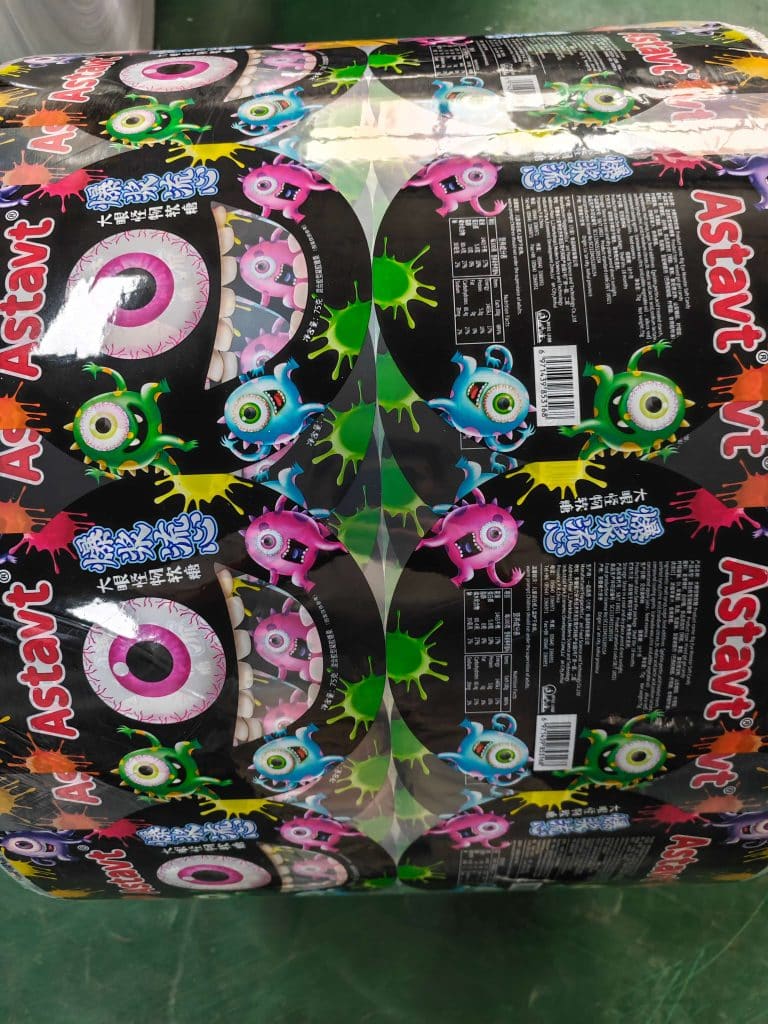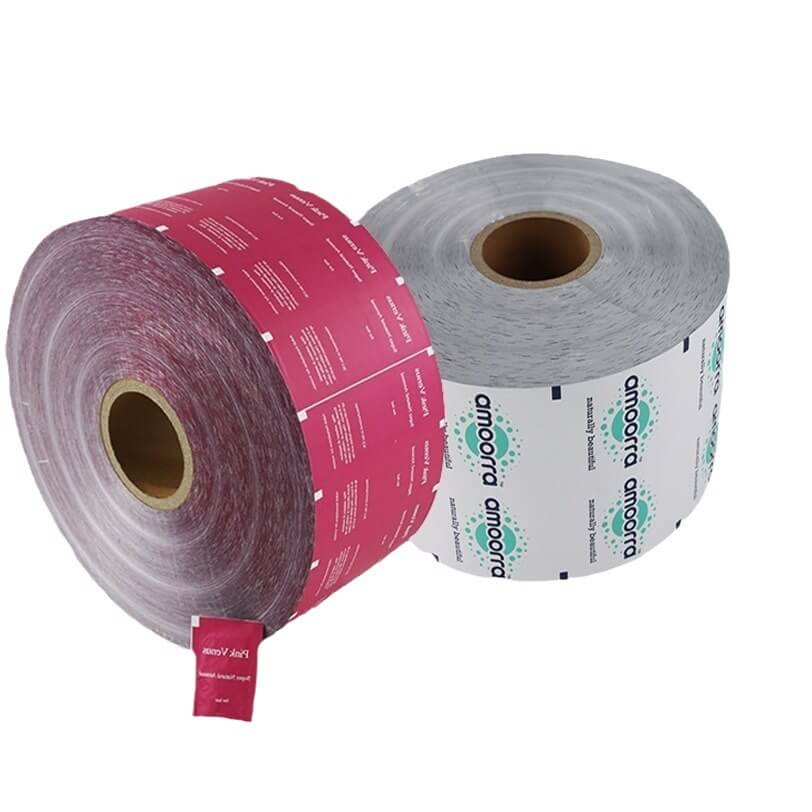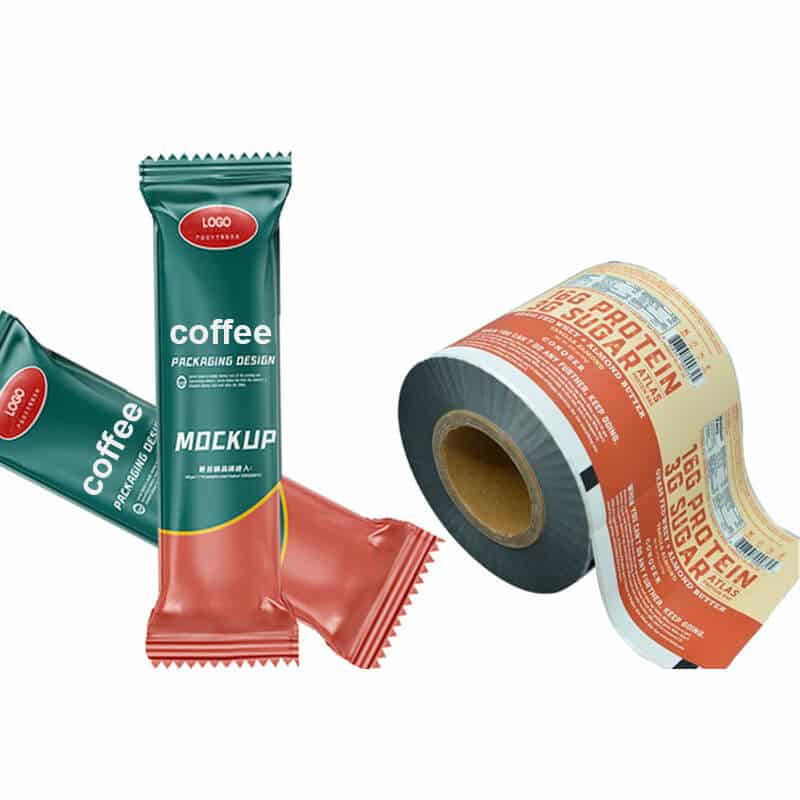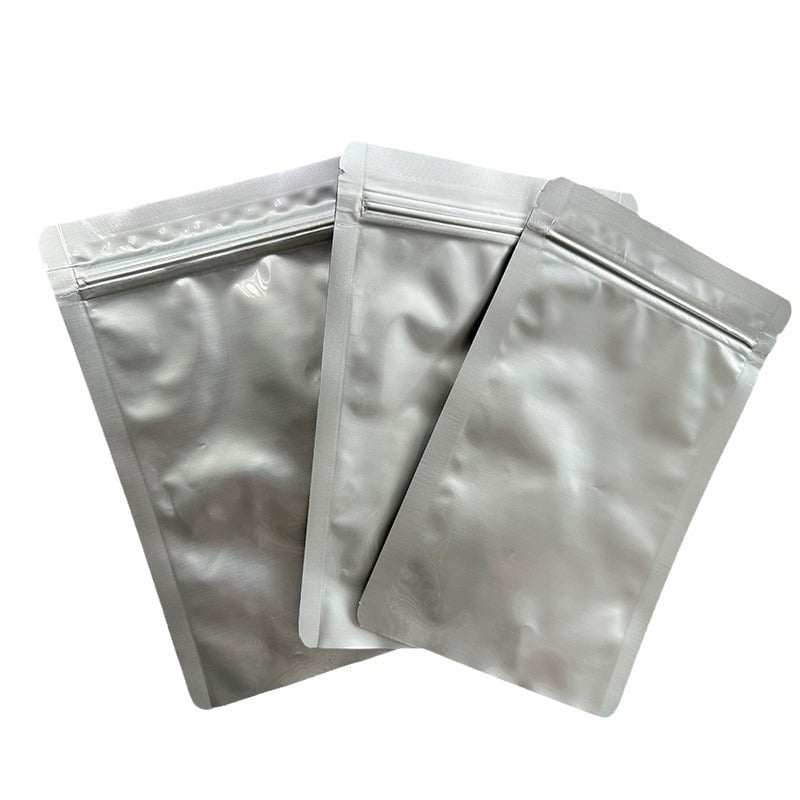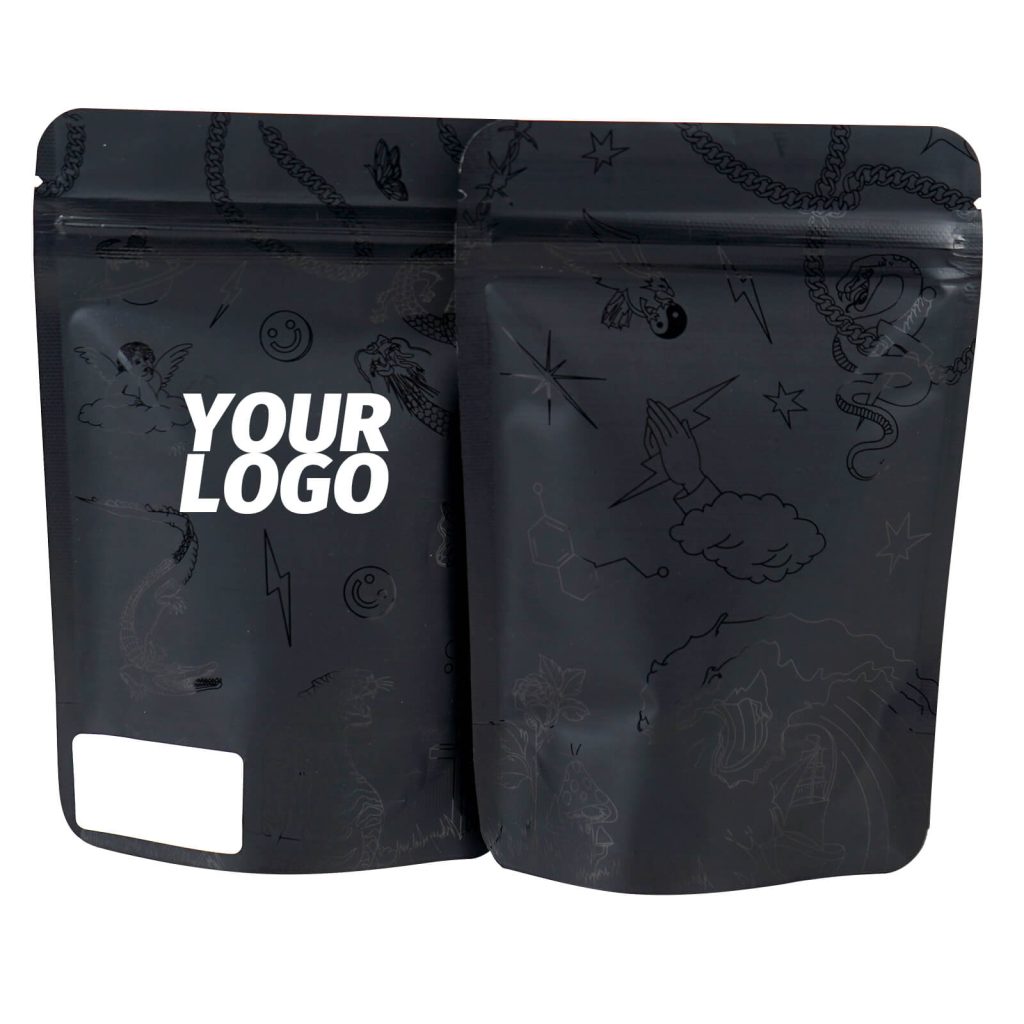At the airport, liquids in containers larger than 3.4 ounces (100 milliliters) are not allowed in carry-on bags and must be placed in checked luggage. To comply with this rule, travelers often put their liquids in smaller containers and place them inside a clear, resealable plastic bag, such as a Ziploc bag.
Security Measures at Airports
The regulations on liquids in carry-on bags are in place to enhance security measures at airports. Drinks can be used to make improvised explosive devices, and limiting the number of liquids that can be brought through security reduces the risk of such an attack.
What are liquids?
Liquids include beverages, soups, syrups, creams, lotions, oils, perfumes, sprays, gels, pastes, and pressurized containers, such as toothpaste, hair gel, and shaving cream.
Advantages of using Ziplock bags
Ziplock bags, also known as resealable or zipper bags, are popular and versatile food storage containers. They are made of plastic and have a small zipper-like closure that can be opened and closed multiple times, allowing the bag’s contents to be easily accessed and stored.
Here are some of the advantages of using Ziplock bags:
Convenience:
Ziplock bags are straightforward to use and convenient for storing and transporting food. The zipper closure allows easy access to the bag’s contents, and the bags can be opened and closed multiple times without losing their seal. This makes them perfect for packing snacks, sandwiches, or leftovers for lunch or on the go.
Space-saving:
Ziplock bags are also very space-efficient. They can be flattened and stacked when empty, taking up minimal space in your pantry, fridge, or freezer. And because they are airtight, you can store food for extended periods without worrying about spoilage or freezer burn.
Leak-proof:
Another advantage of Ziplock bags is that they are leak-proof. The zipper closure creates an airtight seal, which helps to keep the contents of the bag fresh and prevents spills or leaks. This is particularly useful when transporting liquids, such as soups or sauces, or when packing wet foods like berries or fruits.
Versatility:
Ziplock bags are incredibly versatile and can be used for various purposes, such as food storage, packing, and organization. They are perfect for storing and transporting perishable items like fruits, vegetables, meats, and cheeses. And they also can be used to store and organize non-food items like small toys, craft supplies, and personal care items.
Ease of cleaning:
Lastly, Ziplock bags are straightforward to clean. They can be washed in the dishwasher or by hand and dry quickly. This makes them an excellent choice for food storage, as they can be reused multiple times and are less likely to harbor bacteria or other contaminants.
In summary, Ziplock bags are an extremely convenient and versatile type of food storage container. They are easy to use, space-efficient, leak-proof, and easy to clean. They are perfect for storing and transporting food and can also be used for various other purposes.
How to pack liquids in a Ziploc bag
When packing liquids in a Ziploc bag, it is essential to follow the 3-1-1 rule, which states that each passenger is allowed to bring one transparent, resealable plastic bag that contains no more than one quart-sized bag of liquids. Each fluid container must be 3.4 ounces (100 milliliters) or less per item. All liquids, aerosols, gels, creams, and pastes must be placed in one clear, quart-sized bag and placed in the designated bag drop at the security checkpoint. This bag must be placed in a bin for x-ray screening.
Exemptions
Some liquids are exempt from the 3-1-1 rule, including medication, baby formula, and breast milk. These items may be brought through security in larger quantities and must not be placed in a clear, resealable plastic bag. However, it is recommended that travelers inform the TSA officer of these items before they are screened.
In conclusion, liquids in containers larger than 3.4 ounces (100 milliliters) are not allowed in carry-on bags and must be placed in checked luggage. The regulations on liquids in carry-on bags are in place to enhance security measures at airports. The 3-1-1 rule states that each passenger must bring one transparent, resealable plastic bag containing no more than one quart-sized bag of liquids. Each liquid container must be 3.4 ounces (100 milliliters) or less per item. Exemptions include medication, baby formula, and breast milk.
How many Ziploc bags can you take on a plane?
Transportation Security Administration (TSA) regulations regarding Ziploc bags on airplanes vary depending on the type and size of the bag, as well as the items it contains. Below is an overview of these regulations.
Carry-on Baggage:
Regarding carry-on baggage, the TSA allows passengers to bring a quart-sized bag of liquids, aerosols, gels, creams and pastes in their carry-on bag and through the checkpoint. These items must be placed in a clear, plastic, sealable bag, such as a Ziploc bag. The bag should be no larger than one quart and must be placed in a clear, plastic, sealable bag, such as a Ziploc bag. Each passenger is limited to one bag per item.
Checked Baggage:
Passengers are allowed to pack their checked baggage with as many Ziploc bags as they need as long as the items inside the bags comply with the TSA’s prohibited items list. However, it’s important to note that all liquids, aerosols, gels, creams, and pastes must be placed in 3.4 ounces (100 milliliters) or less per item. These items must be placed in a clear, plastic, sealable bag, such as a Ziploc bag, and in a checked bag.
Prohibited items:
Regardless of whether they are packed in Ziploc bags, certain items are prohibited by the TSA on both carry-on and checked baggage. These include things such as explosives, flammable items, and weapons. It’s essential to check the TSA’s prohibited items list before packing for your flight to ensure that you are not bringing any prohibited items with you.
In summary, the number of Ziploc bags you can take on a plane depends on the type and size of the bag and the items it contains. Carry-on baggage is limited to one quart-sized bag of liquids, aerosols, gels, creams, and pastes per passenger. Checked baggage can include as many Ziploc bags as needed, as long as the items inside the bags comply with the TSA’s prohibited items list and all liquids, aerosols, gels, creams, and pastes are placed in containers that are 3.4 ounces (100 milliliters) or less per item. Always check the TSA’s prohibited items list before packing for your flight to ensure you are not bringing any prohibited items.

